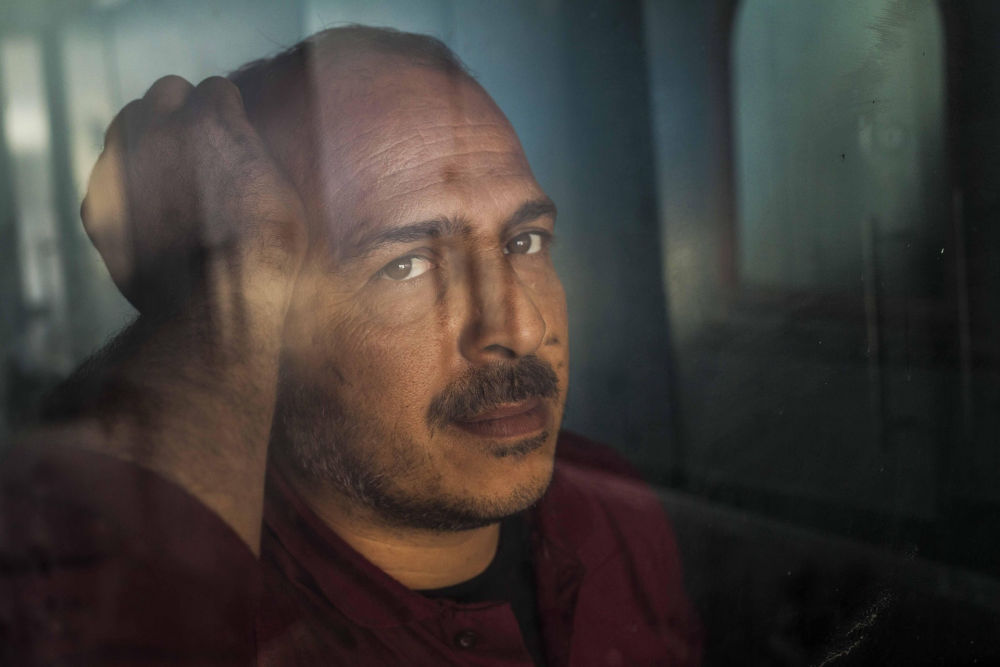
Post Traumatic Stress Disorder (PTSD)
Post-Traumatic Stress Disorder (PTSD) is a mental health condition that can develop after a person experiences or witnesses a traumatic event. These events may include combat, physical or sexual assault, natural disasters, serious accidents, abuse, or the sudden loss of a loved one.
PTSD is more than just fear or anxiety—it involves a lasting psychological response that disrupts a person’s ability to feel safe, process memories, and function normally in daily life.
Common Symptoms of PTSD
PTSD symptoms generally fall into four categories:
Intrusion (Re-experiencing)
- Flashbacks, nightmares, or unwanted thoughts of the traumatic event
- Feeling as though the trauma is happening again
Avoidance
- Avoiding people, places, or situations that trigger memories
- Avoiding thoughts or conversations about the trauma
Negative Thoughts and Mood Changes
- Persistent guilt, shame, or sadness
- Feeling numb, hopeless, or detached from others
- Loss of interest in activities
Hyperarousal and Reactivity
- Irritability or angry outbursts
- Being easily startled or constantly “on edge”
- Difficulty sleeping or concentrating
To be diagnosed with PTSD, symptoms must persist for more than one month and cause significant distress or impairment.